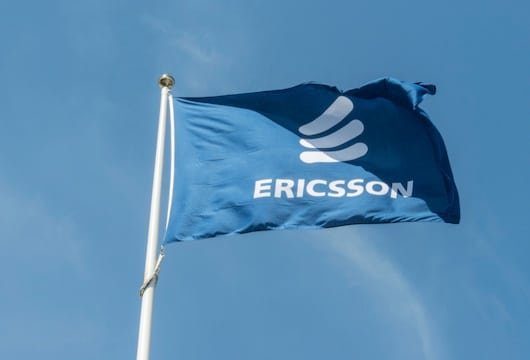
STOCKHOLM/LONDON (Reuters) – Ericsson needs a range of industries to embrace 5G network services if the equipment maker is to get a long-term boost that would allow it to progress from cost-cutting to expansion.
For now, the Swedish company is focusing on a cost-savings plan running until 2020 to shore up profitability, hoping that growth will then return as the pace of 5G network upgrades picks up early in the following decade.
Having struggled with flagging revenue since 4G sales peaked in the middle of the decade, Ericsson is pinning its hopes for revived growth on the emergence of new mobile businesses in ten broad sectors such as manufacturing, energy and public safety.
Ericsson is betting that new business models enabled by 5G technology could drive an increase of up to 36% in telecom industry services on top of current businesses.
Operator revenue from these businesses are likely to grow only a modest 1.5% per year through 2026, reaching $1.74 trillion, half of which would come from mobile phone services and the rest from fixed-line and broadband, it forecasts. But new 5G-enabled businesses could drive up to $619 billion in incremental industry revenue by 2026, Christian Hedelin, head of strategy at Ericsson’s networks business, told Reuters.
“There are enormous possibilities to address. It’s up to us as an industry to make sure as much as possible of this potential value will materialize,” Hedelin said.
Ericsson will not project how this may translate into growth for the company. It is currently the world’s second largest supplier of mobile network equipment after diversified telecom equipment giant Huawei of China and ahead of Finland’s Nokia. Hedelin noted that telcos historically have invested around 2% to 3% percent of total revenue in mobile networks, which leaves between $35-$70 billion for gear makers, based on implied growth rates in Ericsson’s 2026 industry market forecasts.
Tepid growth
Industry analysts project the mobile equipment market to return to very modest growth from 2020 as demand for next-generation 5G networks begins to take off.
However, most analysts say it is likely to take until the middle of the next decade before 5G revenues overtake prior generations of equipment, and that 5G sales are unlikely to ever surpass spending on 4G equipment.
“No one is ready to break the bank,” IHS Markit analyst Stéphane Teral said of budget-strapped operators’ appetite for new network investments.
Hedelin confirmed he expects the market for RAN equipment to be flat through 2020 before beginning to grow as 5G upgrades kick in for faster phones, fixed wireless video access as a substitute for fiber or cable broadband connections, and new, emerging industrial business cases.
Mobile network industry revenue has been in sharp decline since the middle of this decade, when demand for current 4G network gear peaked after massive rollouts in China, the United States and other developed markets.
Industry research group Dell’Oro sees the RAN market rising by 2% annually on average during the period 2017 through 2022, its analyst Stefan Pongratz told Reuters.
Teral sees lower 5G revenues than those from 4G as more advanced technology with additional software and commoditized hardware delivers more bang for the buck for telecommunications service providers.
Pongrantz said forecasting any potential 5G uplift is difficult because, so far, there is no clear game-changing device or service to emerge to drive network demand the way the arrival of the Apple iPhone in 2007, followed by Android smartphones, fuelled demand for 4G upgrades from 2012 onward.
(By Olof Swahnberg and Eric Auchard; Reporting by Olof Swahnberg in Stockholm and Eric Auchard in London; Editing by Keith Weir)

Be the first to comment